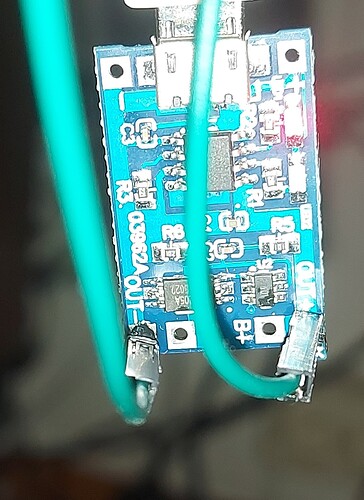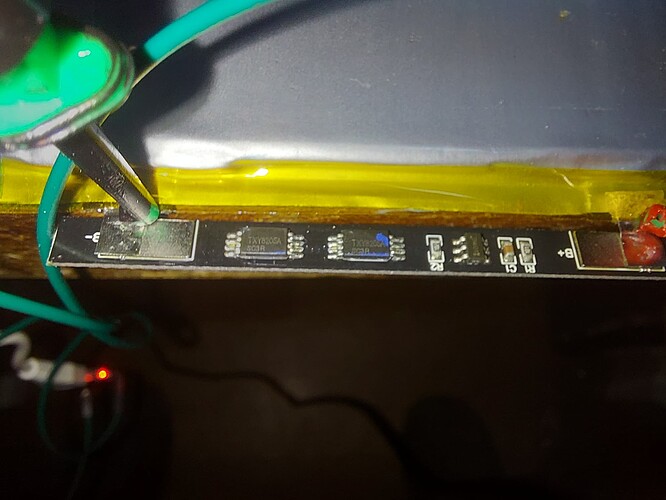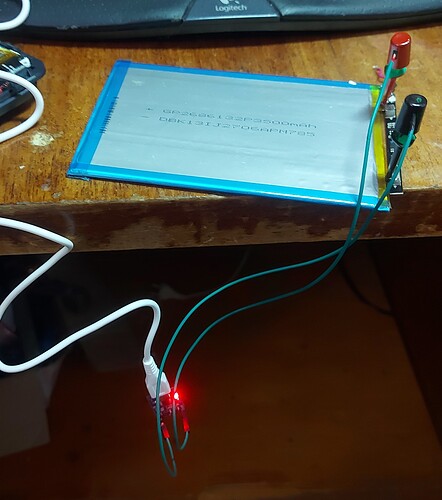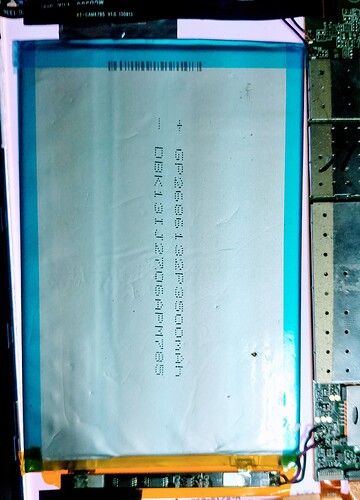Periodically I find something with a lithium battery or, (more often), a LiPo battery that has discharged too far and won’t recharge using normal methods.
Despite what others may say, these batteries can be brought back to life.
If you can get access to the raw battery terminals, the best way is to get a miniature LiPo battery charger module.
They’re dirt cheap and can be found almost everywhere.
These things are designed to charge “naked” LiPo batteries properly with a programmable charge rate. By default, they are, (I haven’t seen any exceptions yet), programmed with a limited charge current rate, suitable for small LiPo batteries. This “slow charge” will also work on larger batteries, but will take a correspondingly longer amount of time.
IMHO, using a more limited charging current profile is desirable for nearly dead lithium batteries as you don’t have to worry about excessive current being drawn by the battery.
In this case, I removed the battery from a tablet I am trying to resurrect, (to get to the leads), because I want to use the tablet elsewhere if I can get it working. Since it refused to charge, the first thing I check for is a over-discharged battery.
The first thing I did after removing it was to take the tape off the “business end” of the battery to see if there was any active charge/discharge protection circuitry. (There was.)
In this case, you can connect the charger directly to the battery’s terminals as the protection circuitry is used to voltage there.
You then connect the charger’s output to the bare leads from the battery and let it charge.
Some batteries might have a circuit board that connects directly to the battery, or the leads to the device are soldered/welded directly to the battery. In this case, you do the same thing.
After connecting the charger, verify that the “charging” led lights and that the charger is supplying at least 2 volts across the battery’s leads when beginning the charge cycle.
====================
If you don’t have a LiPo charger, you can approximate this with a nine-volt battery and a battery connector with open leads.
To do this you connect the negative battery lead to the negative lead from the nine-volt battery. You then brush the positive lead briefly over the positive lead pausing for no longer than five seconds, (a proportionally shorter time for smaller batteries), until the battery voltage measured at the leads is above about 3.4 volts without the nine-volt battery attached.
It should be noted that, though I have been generally successful using this method, it’s quite dicey and there is a risk of puncturing the dilectric and ruining the battery.
It is also important to note that the nine-volt battery should not be attached for an extended period of time as there is no current profile limiting.
All in all, resurrecting lithium batteries is possible, especially if you have a miniature LiPo battery charger module.




